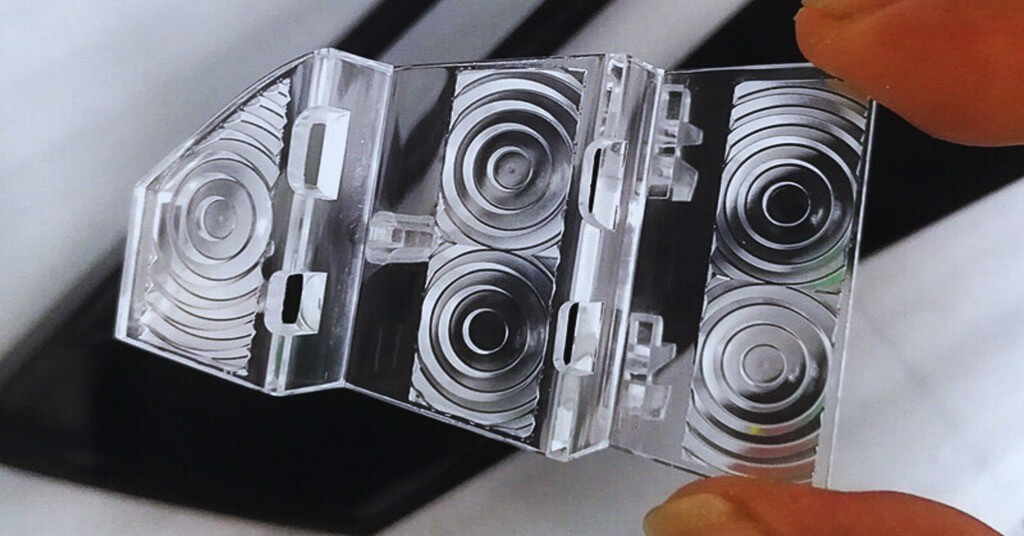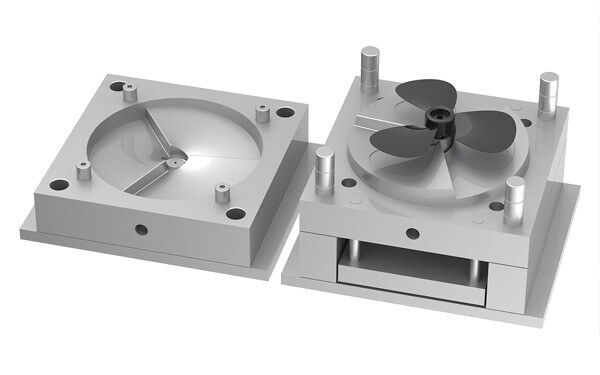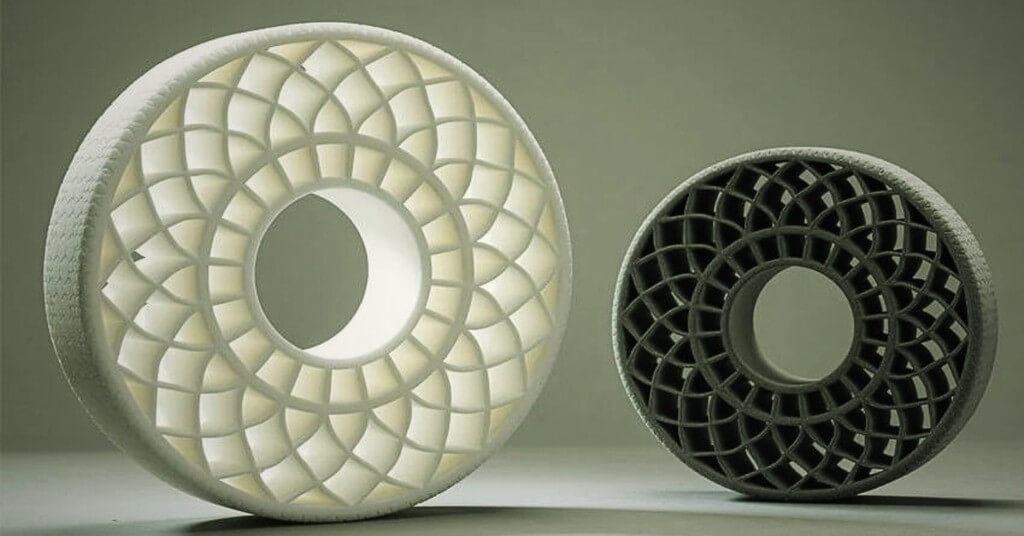4 Best Techniques for Plastic Prototypes
Creating prototypes requires specific techniques, expertise, and considerations. Here are some proprietary techniques commonly used in plastic prototyping:
1.3D printing
For complex geometries, 3D printing is an advanced additive technology that is widely adopted for rapid prototyping and iteration. There are countless 3D printing plastics such as biocompatible resins and polymers, as well as various engineering thermoplastics such as nylon, PMMA, PLA and polyethylene that are used for molding. These are widely used to create prototypes of medical, implants, surgical components, and anatomical models. The technology can also help designers test and refine prototypes at an early stage.
How each 3D rapid prototyping method is used to create plastic prototypes:
SLS (Selective Laser Sintering)
It uses a high-power laser to sinter the plastic layer by layer. It helps create functional plastic prototypes that require no supporting structures.
SLA (Stereolithography)
SLA uses liquid resin and a UV laser to produce high-resolution plastic prototypes. This process facilitates intricate details and smooth surfaces.
FDM (Fused Deposition Modeling)
FDM involves using layer-by-layer extrusion of thermoplastic filaments to create elastic plastic prototypes. It is suitable for functional testing and end-use parts.

2.CNC plastic processing
Plastic CNC machining is a proprietary technology for configuring plastic prototypes. It works on a variety of materials including metals, plastics and composites. Production cycle times with CNC machining Prototyping times are significantly reduced. Therefore, it is a fairly time-saving manufacturing method compared to other manufacturing methods. It is particularly suitable for producing prototypes with precise dimensions and tight tolerances.
3.Plastic injection molding
Plastic injection molding is often used to manufacture medical components in high volumes. It involves injecting molten material into a mold cavity to produce parts with consistent quality and complex features. For example, it is widely used to shape prototypes; housings, connectors, syringe assemblies, and disposable products.

4.Other technologies
electron beam melting
EBM is an advanced additive manufacturing technology used to produce durable metal prototypes. The technology can be used to create prototypes of orthopedic implants, dentures and custom medical devices that require metal parts.
Silicone Molding and Casting
Silicone molding and casting is used to create organ prototypes, soft tissue and wearable medical products. In most cases, silicone materials are flexible, biocompatible, and have realistic tissue-like properties. These excellent features make it suitable for medical simulation and testing. In addition, silicone molding can produce textured prototypes that replicate human anatomy for use in training and surgical practice.
